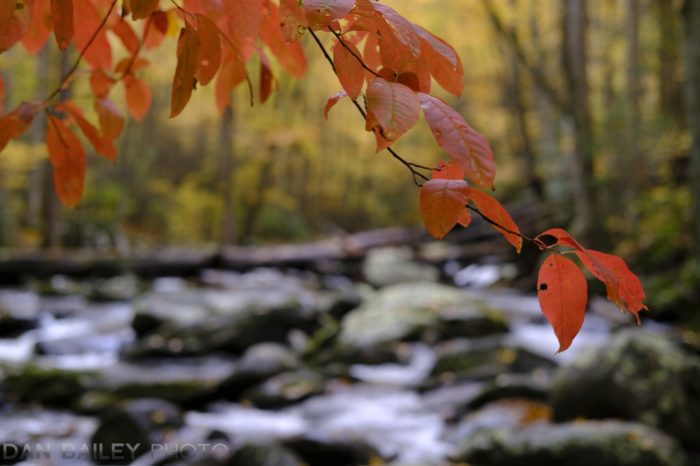
Often times, especially when photographing landscapes, we often shoot with a wide depth of field, or we use Hyperfocal Distance techniques in order to achieve maximum edge-to-edge sharpness from front to back.
This technique works so well with grand vistas that are shot with wide angle lenses. By using a tripod and stopping the lens down, it’s possible to create images where everything is sharp.
However, if you only shoot images with a wide depth of field, you’re missing out on one of the most creative possibility that photography offers, selective focus, which produces a shallow depth of field.
Using narrow focus techniques and a shallow depth of field allows you to isolate your subjects with sharp focus against a soft background of out-of-focus elements. That blurred background acts as an effective visual canvas in which to place your subjects.
This often yields a very clean and compelling composition, and it can give the image a sense of place and context within the frame. It also helps lead your viewer right into the frame.
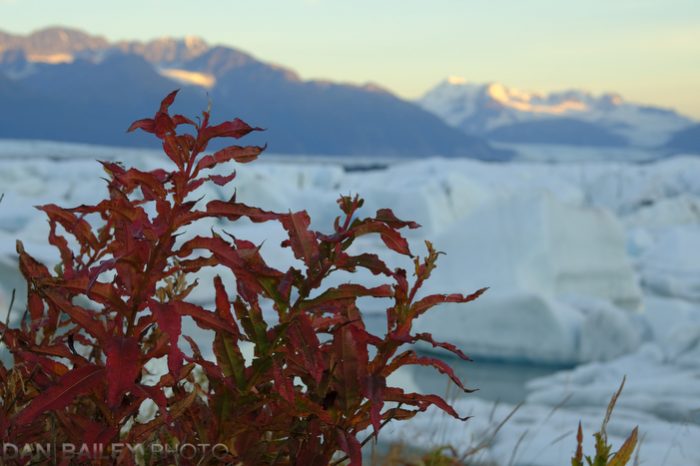
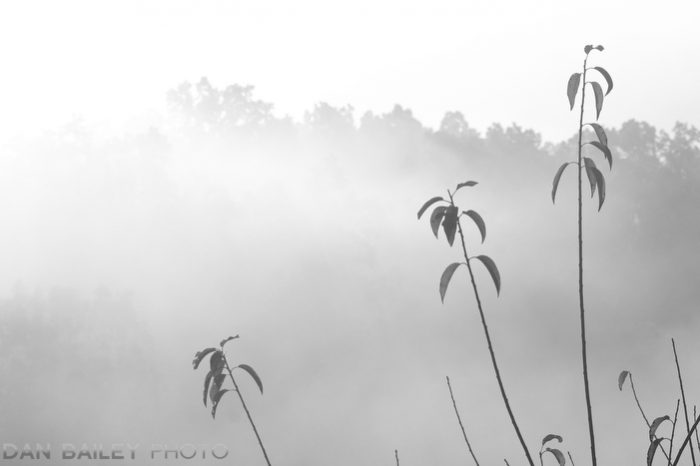
When we look at a photograph, our eyes tend to lock onto whatever part of the image is rendered with clear, crisp focus. We’re naturally conditioned to deduce that the sharpest thing in an image is the main subject. At the very least, this provides us with a visual entry into the image.
After we lock onto that point of sharp focus, we will we start to explore the rest of the image and follow the lines, shapes and colors that the photographer has laid out for us. However, no matter how far we stray, we’ll always and inherently be drawn back to that point of sharp focus.
Even though camera lenses behave much like your eye, we human people don’t usually perceive the world with selective, shallow focus vision. We’re busy concentrating on the thing itself to notice the depth field that our eyes are giving us. In addition, with the inherent focal length and optical design of our eyes, we don’t see naturally with a shallow depth to field unless we’re looking very close.
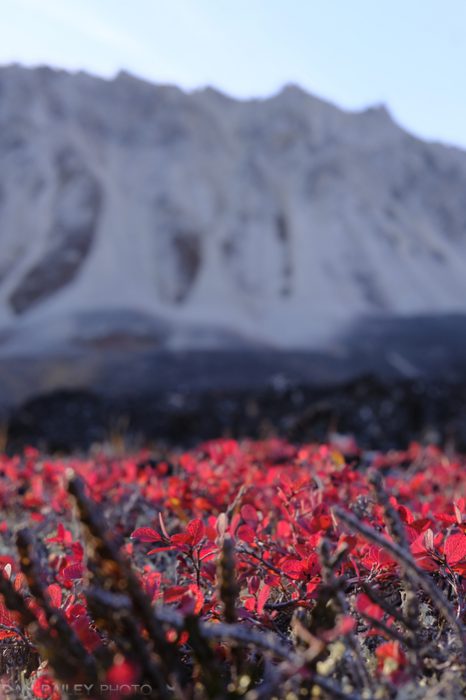
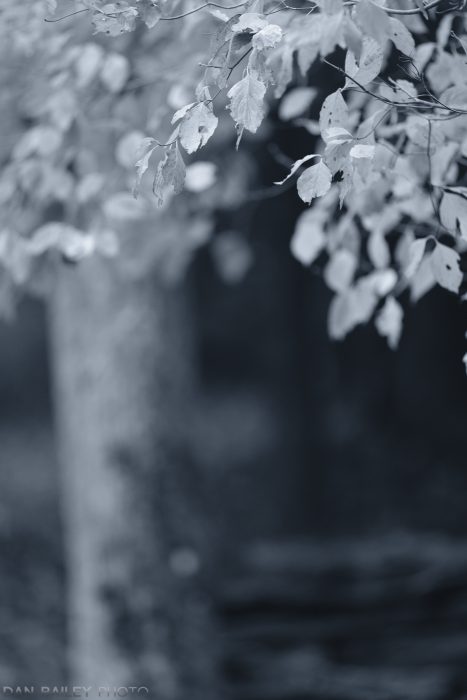
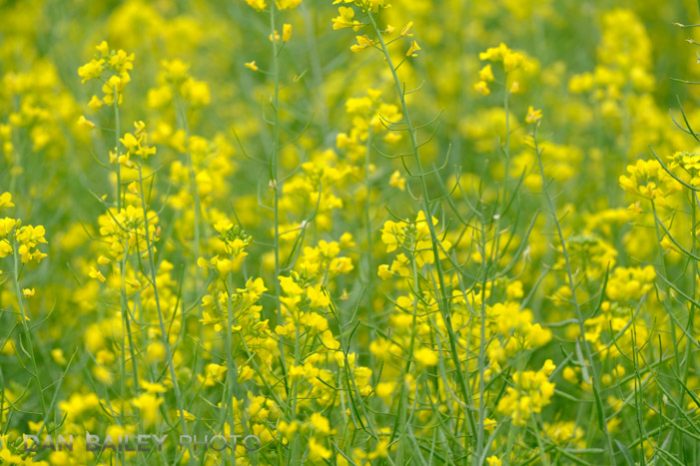
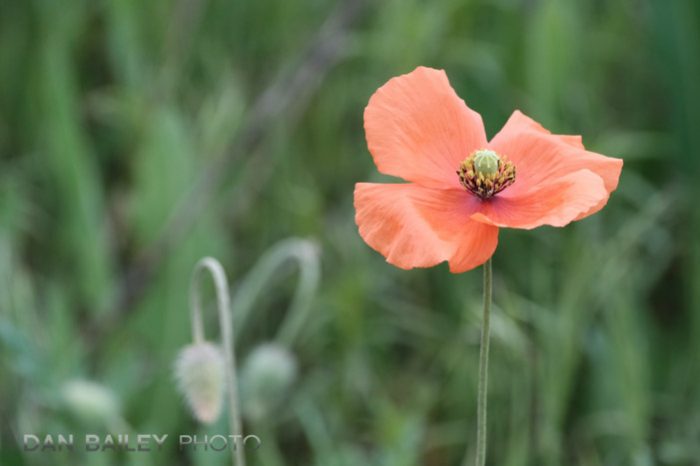
The amount of visual depth you create in your image is partly up to you, but it’s also determined by your lens choice and how close you are to your subject. The longer the lens and the closer you are, the more shallow your field of focus will be.
Conversely, if you put on a wide angle lens and/or back up, your depth of field will increase, even if you open the aperture on your lens all the way. However, if you move in very close, your can still achieve shallow focus, even with a very wide lens.
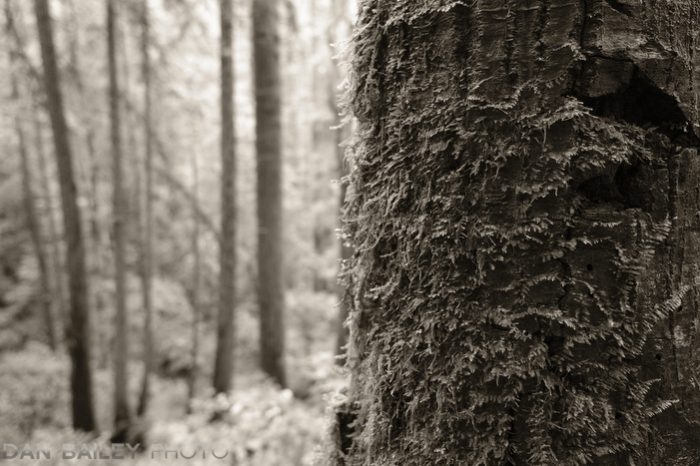

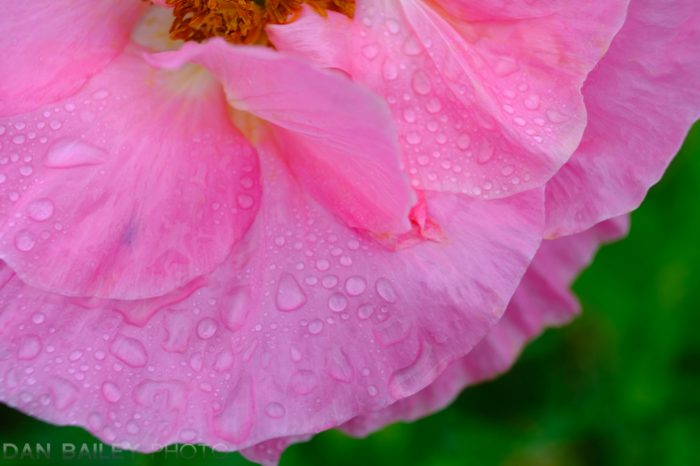
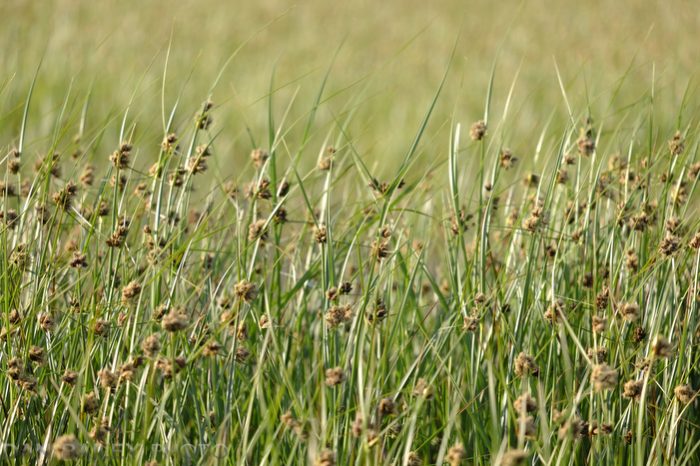
Regardless of what kind of focus technique you use, your goal is to build relationships between the different subject elements in your frame and tell the story of your subject matter as it exists within the environment of your image.
Your subject doesn’t always need to be the sharpest thing in the frame, but you’ve got to set it up so that your viewer’s eye goes there quickly. Whatever is in focus need to lead them right to the subject, and it needs to be apparent on the first of second glance. You don’t want to let your viewer loose and have them wandering around the frame searching for your main subject.
Of course, you can use these kinds of focus technique for any kind of subject, and as you get comfortable with them, you can add a powerful visual component to your photography.



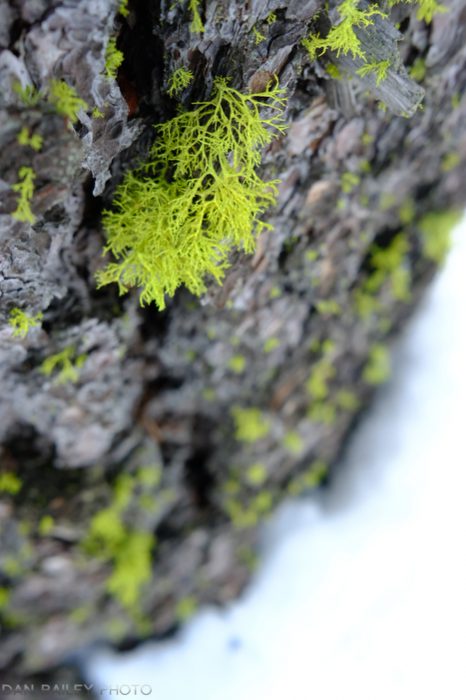


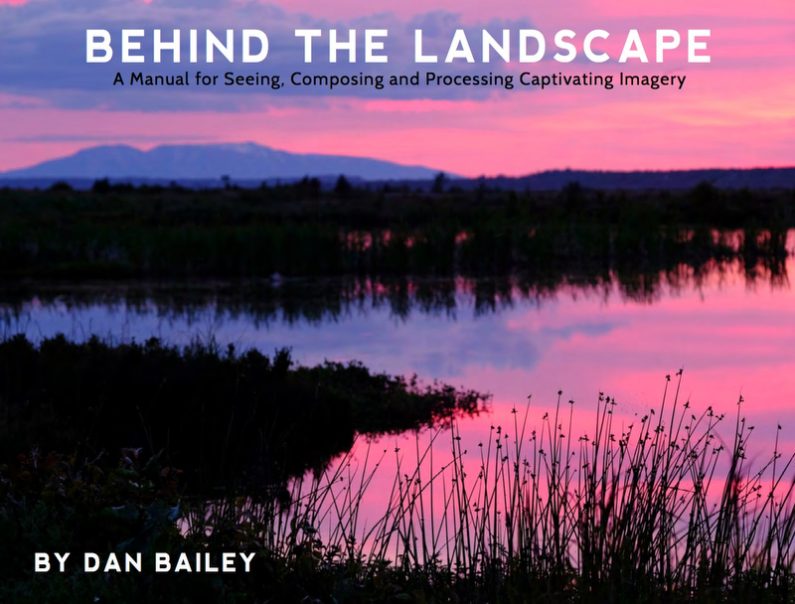
Thanks Dan always good to be reminded that hyperfocal landscapes and general compositions aren’t the be all and end all of craativity
I tried this out around my garden the day I read it and found the results to be everything I could have imagined.
Hi Emlyn, thanks for your comment. That’s great to hear, I’m glad it went so well for you!